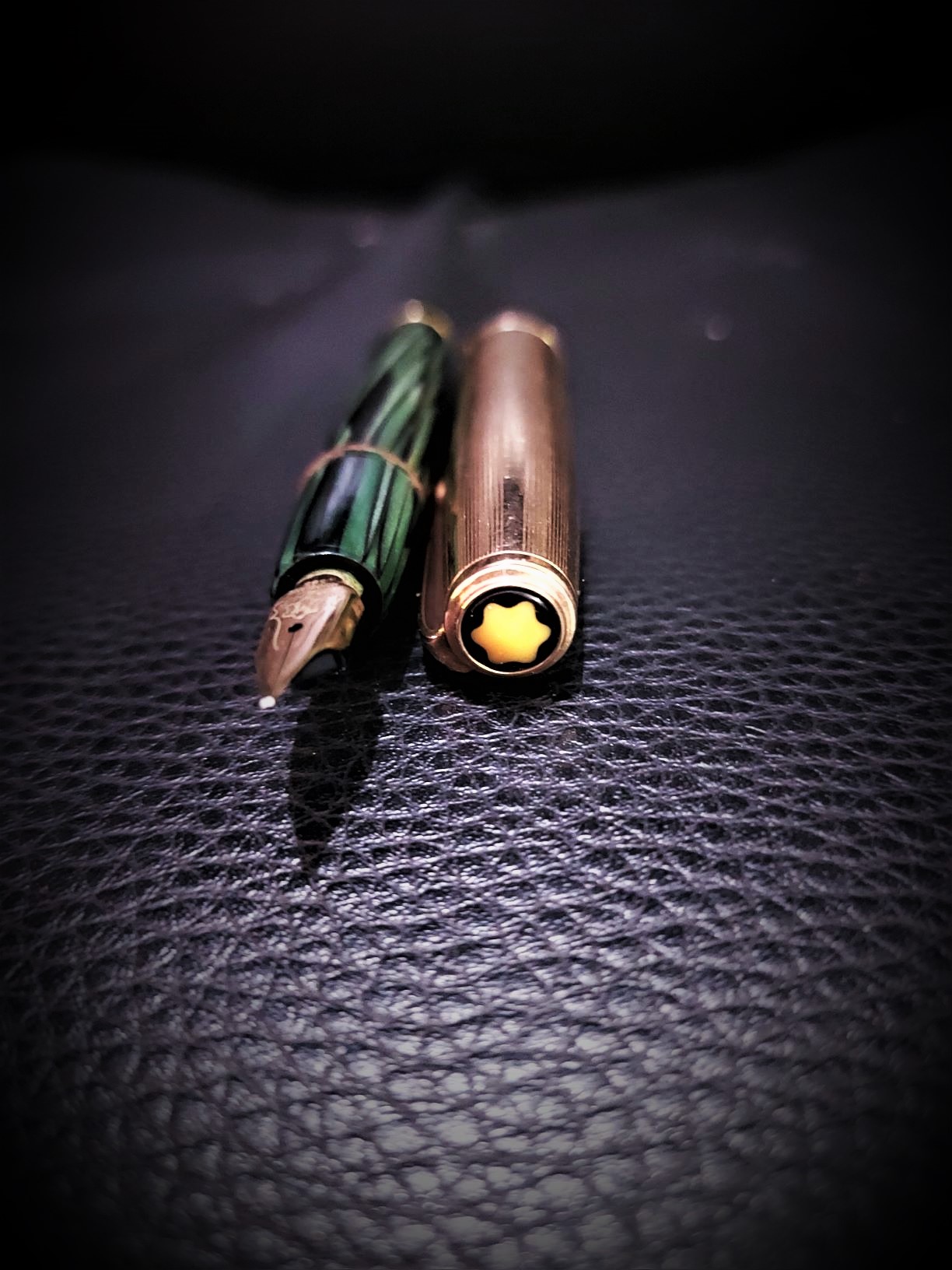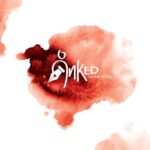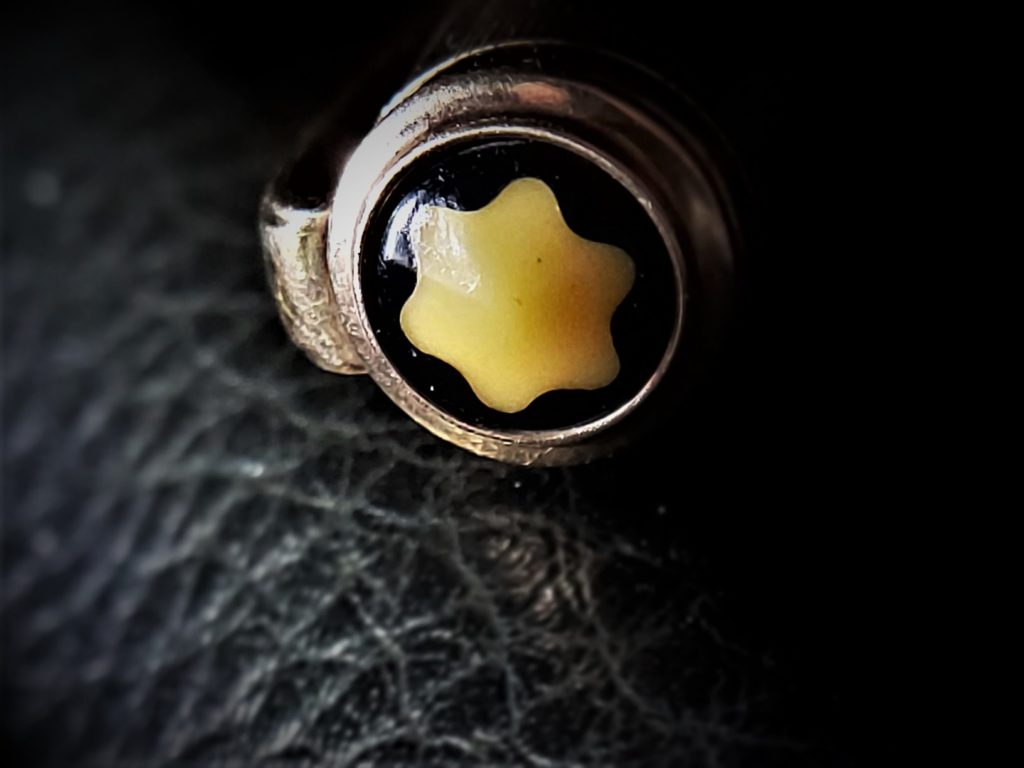Montblanc. If there is one name that consistently spells class, that too, of a kind where quality craftsmanship is married to aesthetic beauty to create a legacy that has defied time, then so far as fountain pens go, it is certainly Montblanc. There are other fountain pens that I cherish, just as dearly as a Montblanc. There are other fountain pen manufacturers whose creations I will happily give an arm and a leg for. But when it comes to matching the sheer enigmatic attraction that the Montblanc brand represents, nothing really comes anywhere close.

Yes, I am an unabashed, unapologetic, unredeemable fan of Montblanc fountain pens. I have been one for many decades now (and loved every moment of it). But though a penophile, unlike many celebrated collectors of Montblanc fountain pens, it is not the top end, limited edition pens that attract me – on the contrary, I get turned on by the vintage, with their wealth of experience, each telling a unique story of a full life, lived well. Because of the excellent built quality of Montblanc pens and the obvious attention that had gone into their creation, most vintage Montblanc pens are excellent writers. As a matter of fact, it will not be an exaggeration to say that one can almost feel the palpable excitement in the pens as they itch to be uncapped and their nibs put to paper. And when that is done, it is sheer, undiluted ecstasy all the way.
Take my Montblanc 644 N for example. From what I know, it was built in the 1950’s that too for a very short period, which makes it, in fountain pen years, a vintage if ever there was one. But look at it and it is a stunner. Feel it in your fingers and it acts as though it was built exclusively to fit into your grip, to become an extension of your hand, to pour out on paper your innermost thoughts. Write with it and you will know the true meaning of the term elegant gait. Slip it back into your pocket and it will silently continue to announce your arrival, its snow-capped six-sided peak catching the eyeballs that are discerning enough to matter.
Visually too, the 644 N is a rare treat. The barrel of the pen is green striated which is matched with a golden cap and is a piston filler. The cap has “Montblanc Masterpiece” etched on it which denotes that it was one that was meant for export, (the ones that were sold in Germany have “Montblanc Meisterstuck” on the cap). The pen is fitted with a 14C winged nib which also has 585 marked on it. For those who are curious, 585 and 14C denotes the same thing, that the nib is made with 585 / 1000 parts gold (that is, the number is actually Au585). And no, not all Montblanc nibs come with 4810 etched on them – this one just has M written inside its trademark six-sided star. What I don’t know however, is whether this nib is from the fabled “Flügelfeder” family that was introduced in 1955.
Montblanc makes its own nibs and considering the fact that they are made by master craftsmen who hail from an economy where employee costs are among the highest, explains the high price of the writing instruments. However, if one were leave everything aside – from snob appeal through legacy value to the aesthetics – to consider only the pleasure, the sheer pleasure of writing with a Montblanc, the price would be justified many times over. Take my 644 N for ex ample. It writes with a wet, wide line with just a hint of flex that can best be explained as a soft, warm caress on the paper. Coming from a senior citizen who has seen the world for more decades than I have, it is not only remarkable, but miraculous even. This is another reason for my enduring love affair with any vintage Montblanc. Age cannot rob them of their ability to perform, and they continue to write, often year after agonising year, like the champions that they were originally created to be.
Talking of Montblanc nibs, they are produced using a distinct rolling process called Strakverlauf which ensures the trademark elasticity, flexibility and resilience of the nibs. It is thanks to this process that the gold band gets a conical contour during the manufacturing process which guarantees that the thickest part goes into the fashioning of the nib tip. The tips themselves are made of iridium which is one of the hardest materials and is rarer than both gold and platinum. And by the way, it is also worth a mention that every single Montblanc nib is subjected to a handwritten test by a specially trained expert who can “feel” the smoothness of the nibs by writing.
I know it is a bit out of context, but cannot resist referring to an interesting bit of Montblanc trivia here. Apparently, the Indian market for Montblanc pens were big enough those days for the company to have given special attention to it. I have heard of pens with “JB” marked on them, which, if I am not wrong, denoted “Javeri Bazaar” the gold and jewellery souk in Mumbai (then Bombay) from where such pens were distributed and sold. Vintage Montblanc collectors are known to treasure, and not without reason, these JB’s with special fondness.
Oh, I believe in Yesterday!
For More information: https://www.montblanc.com/

